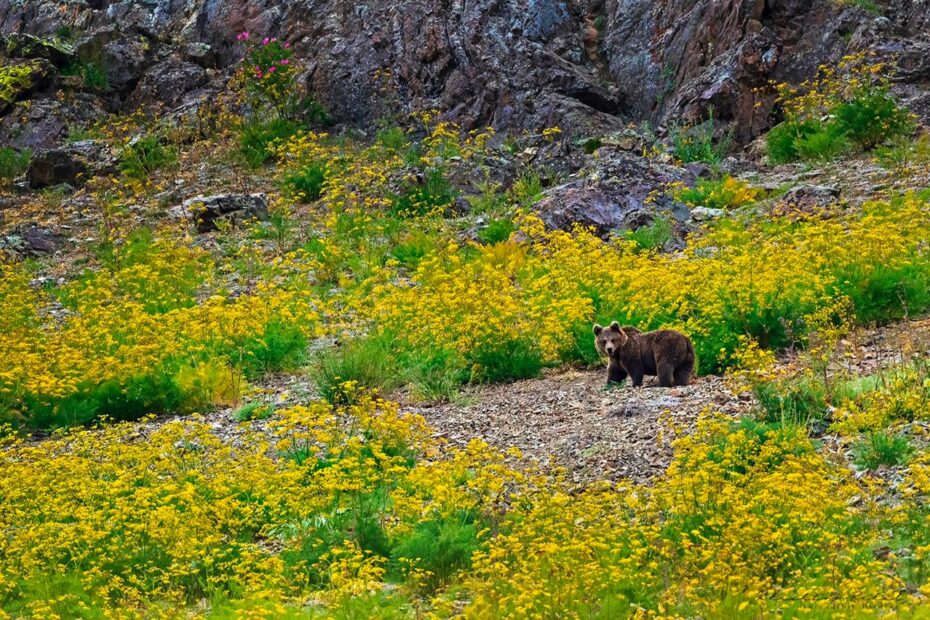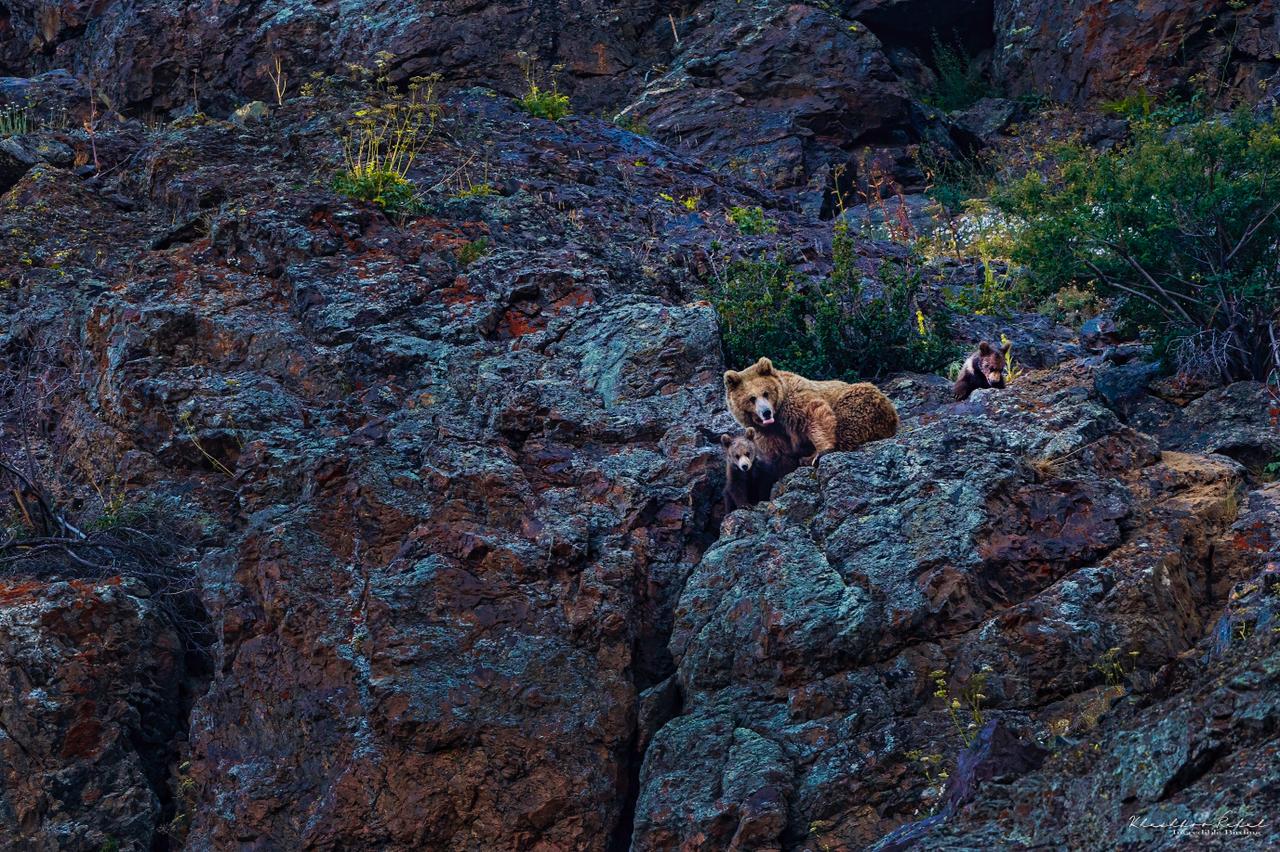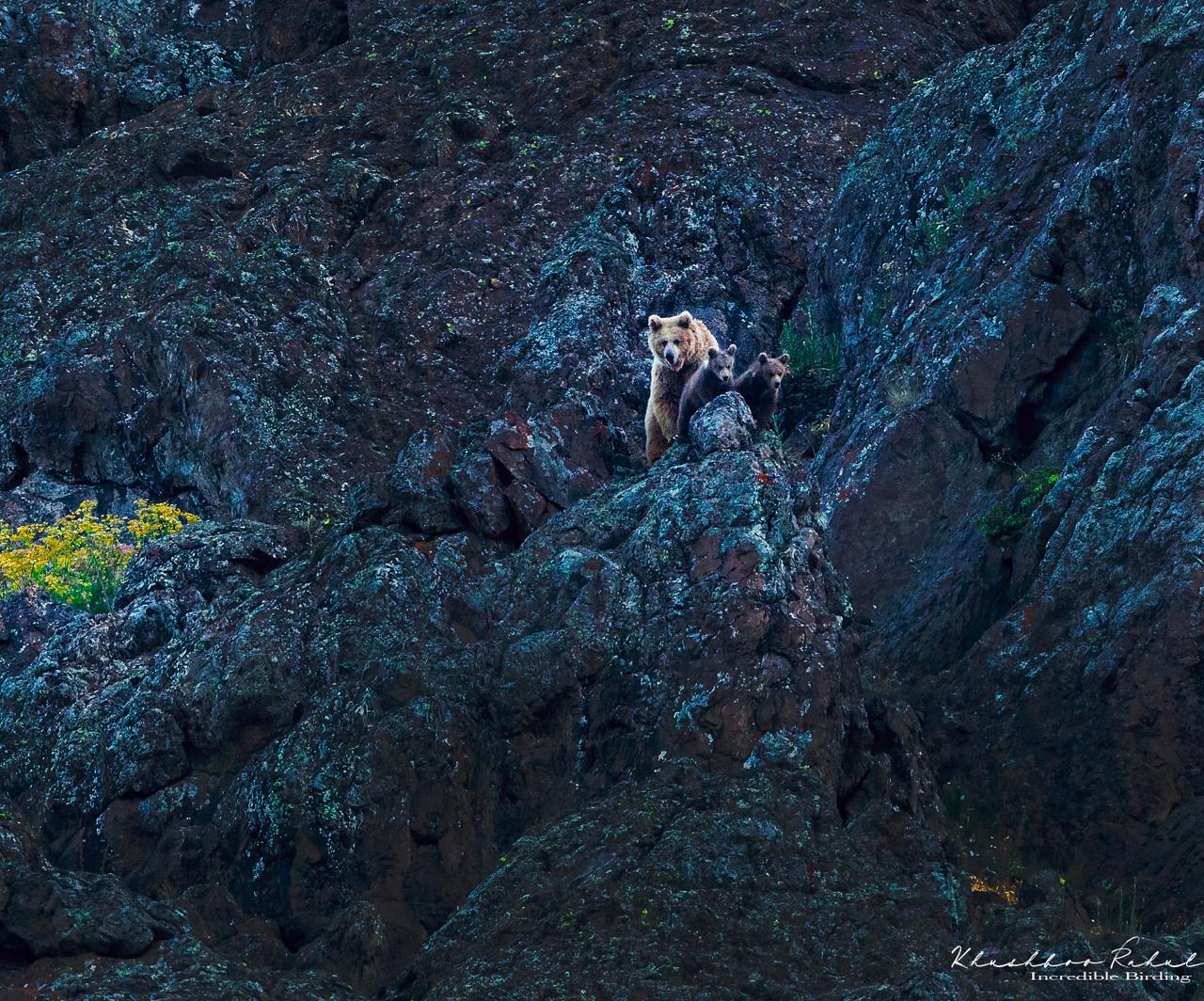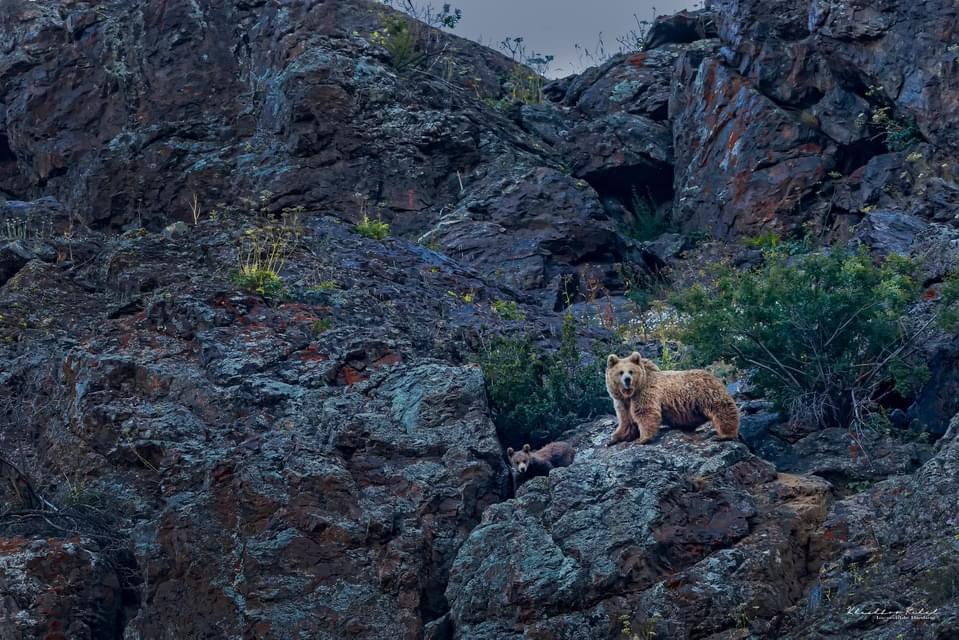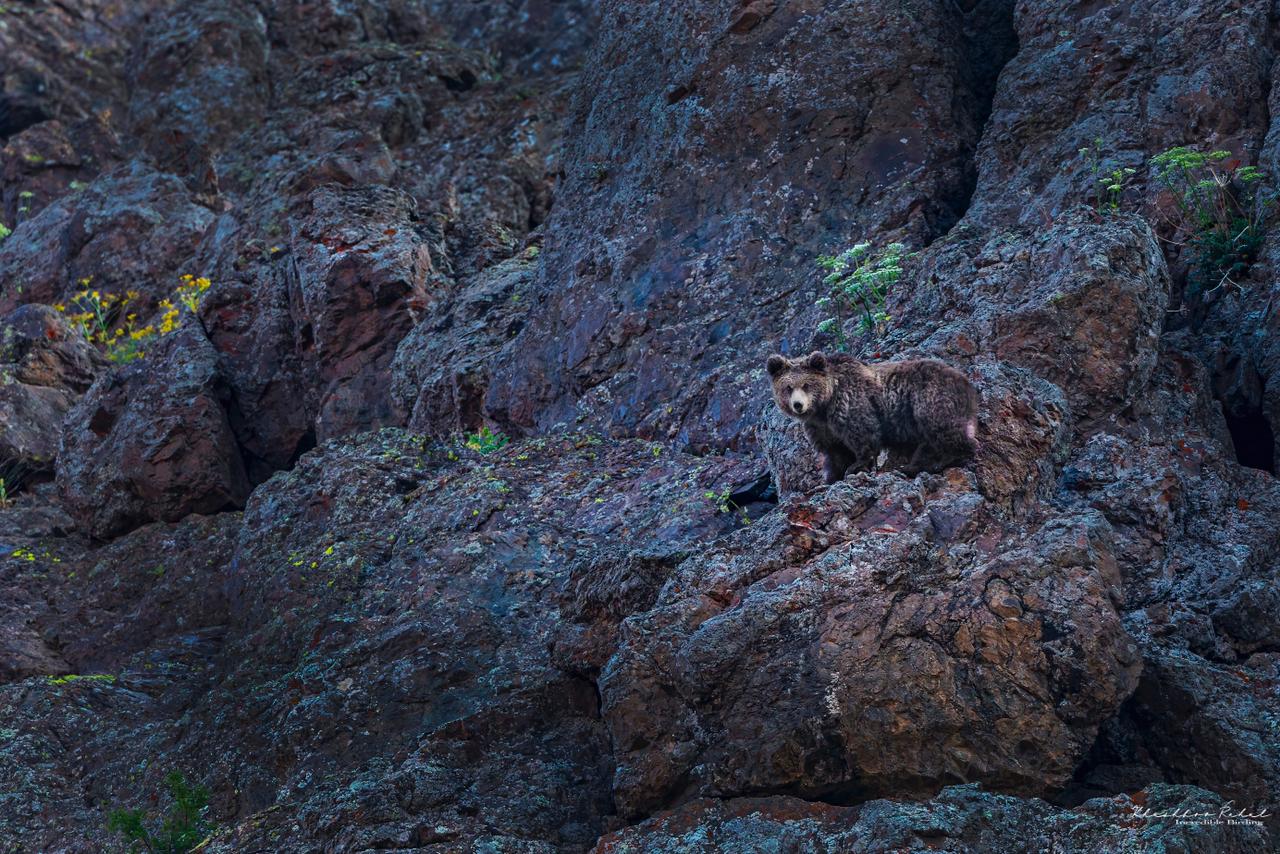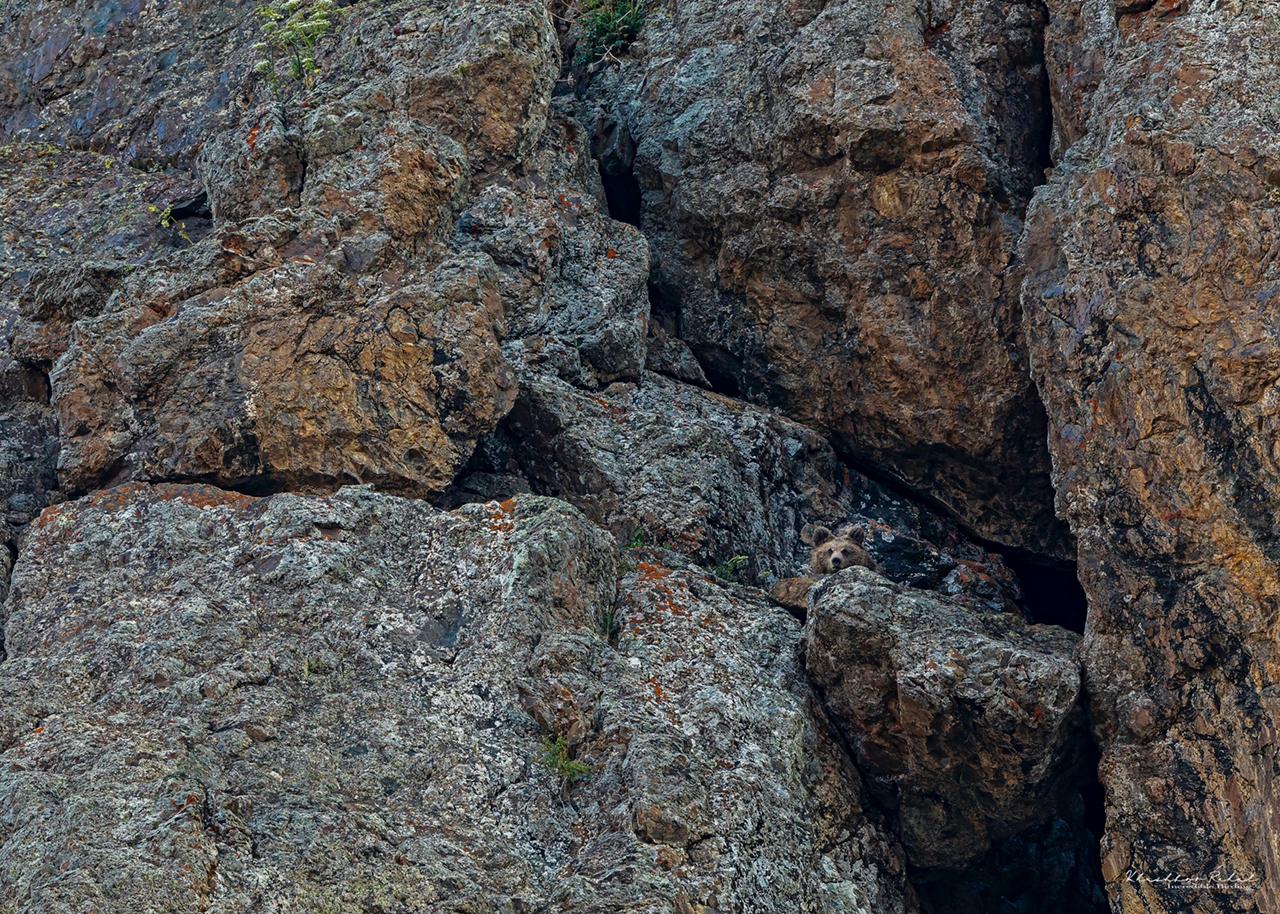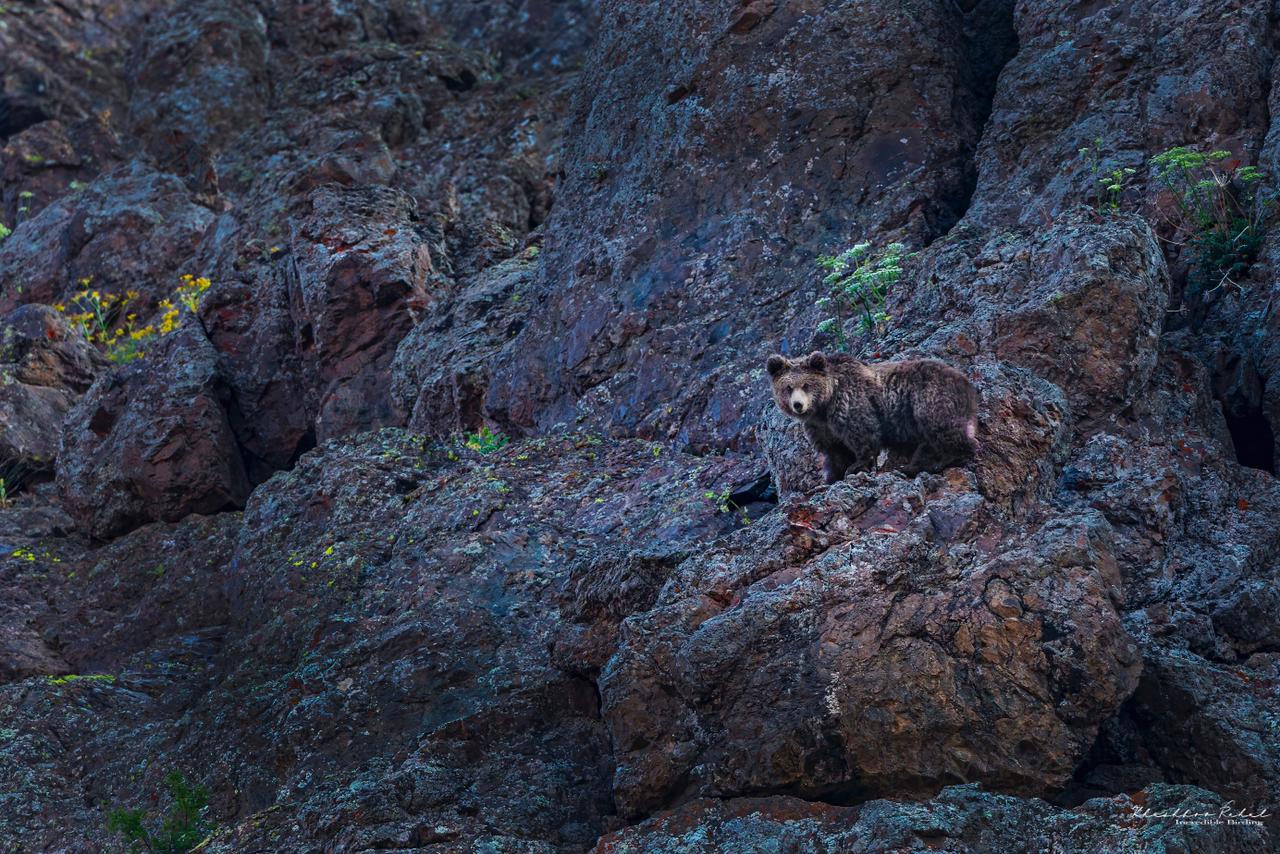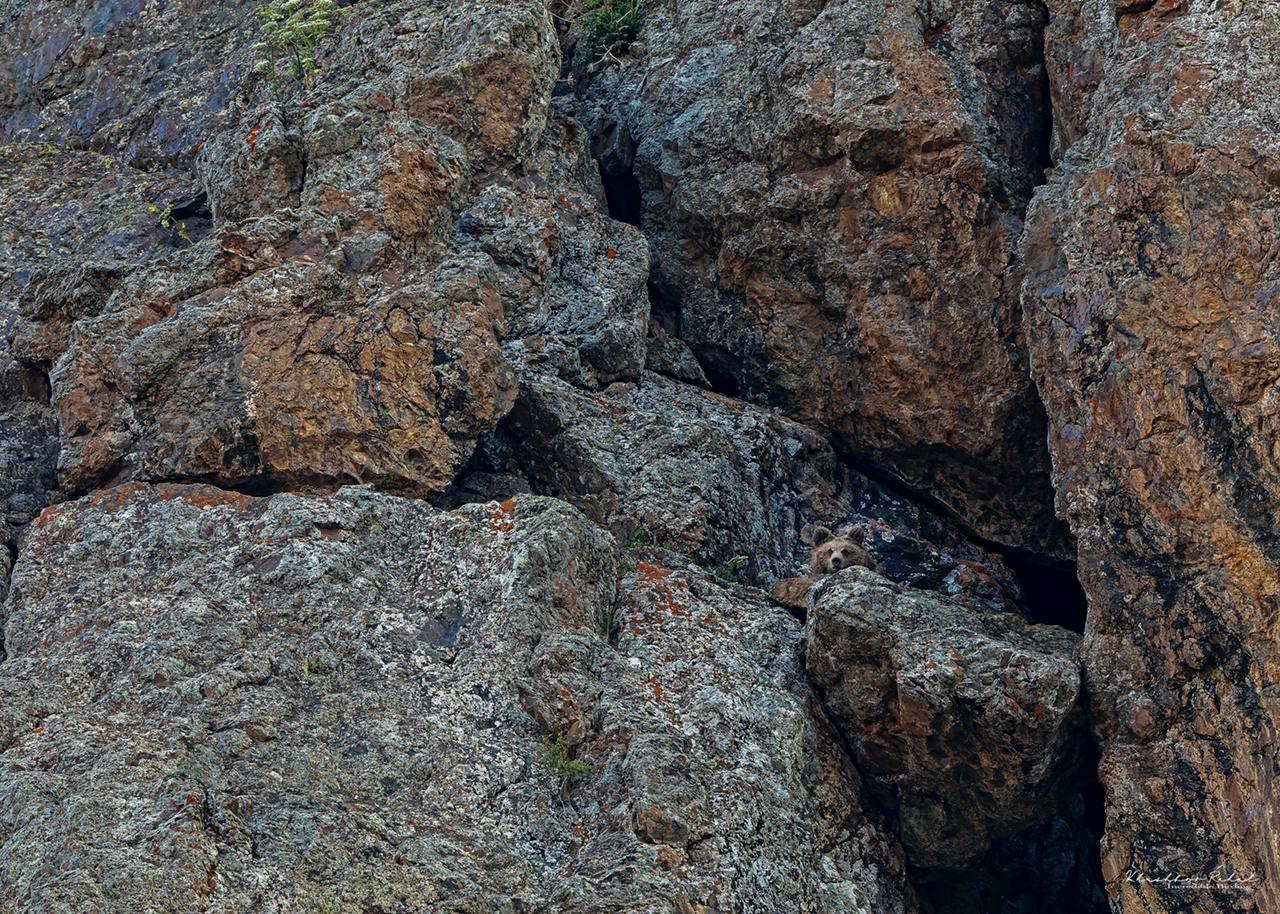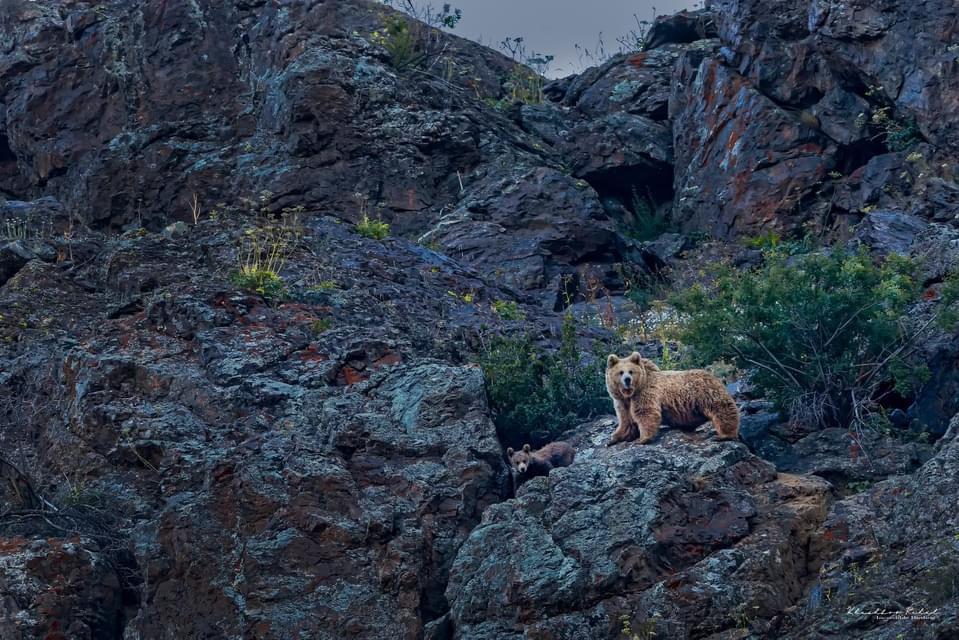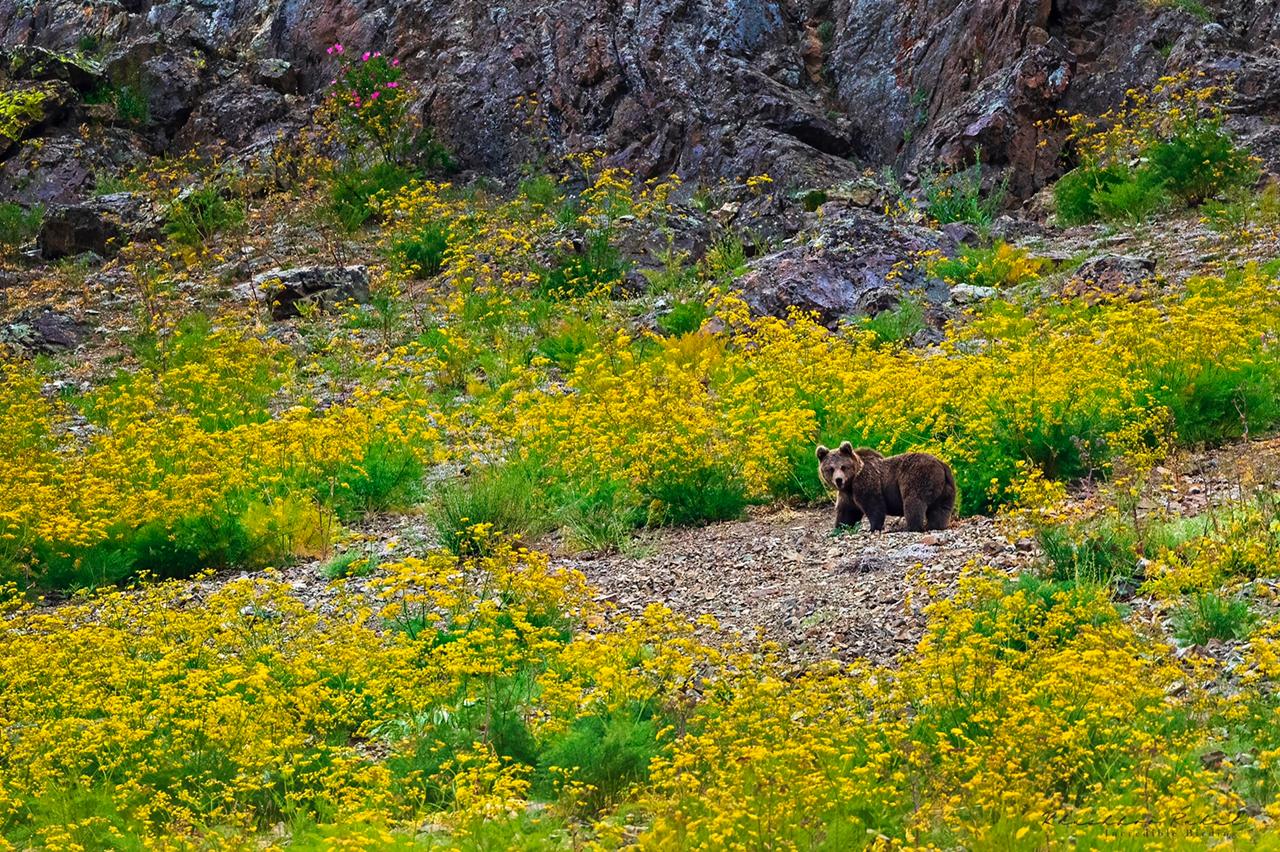
Fantastic beasts and where we can find them; well, you can find one high up in the colossal Himalayas of Ladakh, Kashmir, Himachal Pradesh, and Uttarakhand. Braving harsh winters, rugged terrain, degrading habitat, and dwindling populations, the rarest subspecies of bears in India – the Himalayan Brown Bear roams the region with pride.
Apart from its scientific name- Ursus arctos isabellinus, this great beast is also known as Dren-Mo, Isabelline Bear, and Dzu-Teh by people living in different parts of its habitats. There are only 500 to 750 of these individuals in India which is why the entire subspecies has been classified as Critically Endangered (CR) by IUCN. It is, in fact, the largest land carnivore in India but due to its shy nature, it has always been fearful of humans
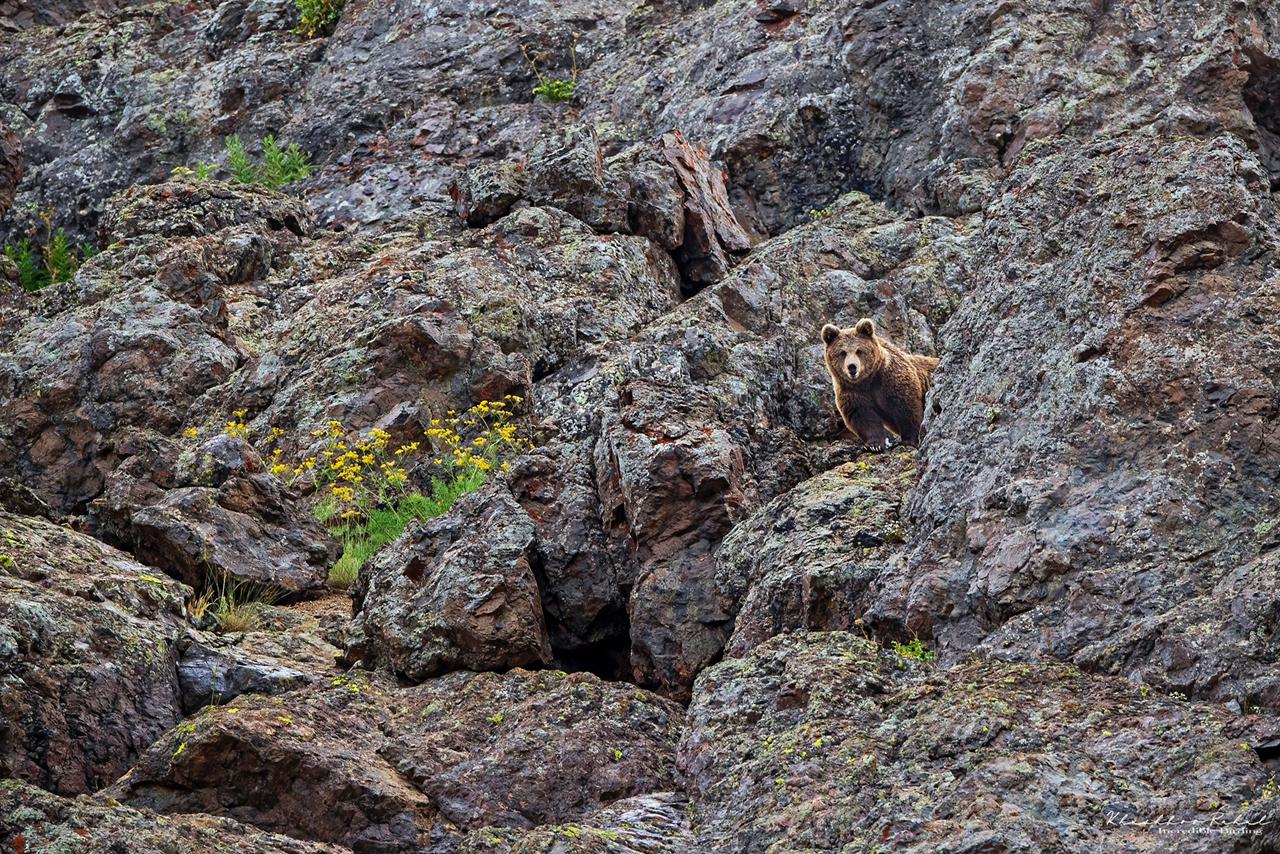
The habitat of the Dren-Mo is cold throughout the year but the winters can get incredibly rough, as the temperatures in the valleys of Ladakh, Himachal, and Kashmir drop 30-40℃ below freezing! It prefers to live between the altitudes of 3000 meters and 5200 meters in alpine and subalpine regions on mountain slopes and in valleys. That’s why nature has provided it with a thick coat of fur that allows it to stay warm. Let’s take a gander at the features and behavior of this mighty bear.
Average life span: 20 to 30 years
Body size/length: 210-245 cm i.e. over 7 feet long
Weight: The females weigh between 150-175 kg; The males weigh about 250 kg on average.
Yearly Life Cycle:
- June – July:- Breeding
- August – December:- Gestation
- January – February:- Giving Birth
- March – May:- Nursing
During the breeding season, from June till August, both males and females of this species moult their reddish brown winter coat and the fur appears to be dark brown after moulting.
Despite being such a herculean carnivore, 90% of the Himalayan Brown Bear’s diet comprises plant matter. Surprising isn’t it? It does consume fish, rodents like marmots and voles, domestic livestock, and the remains of a predator’s kill, a predator like the snow leopard for example. Even though the Dzu-Teh isn’t a big fan of hunting for prey, it is still an opportunistic predator and might hunt an injured ibex or bharal (blue sheep). Like any other bear living in adverse climatic conditions with sub-zero temperatures, the brown bear also hibernates for 7 to 8 months. It fattens up and gets cozy inside a den in October and emerges from hibernation in May.


